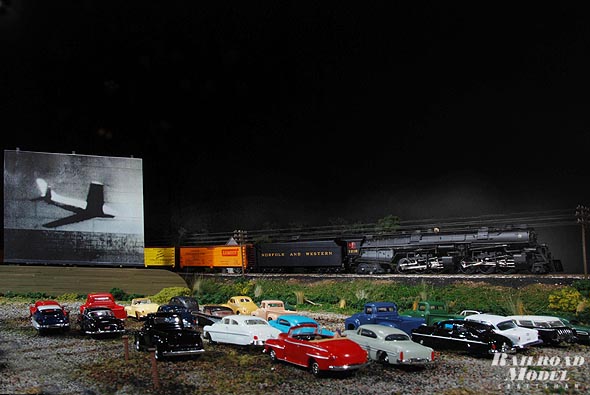by Otto M. Vondrak/photos as noted
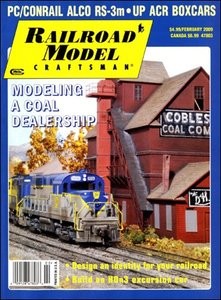 The spectacular work of famed photographer O. Winston Link has enjoyed a sort of resurgence over the last 25 years. His precise technical execution with lighting and composition of majestic steam-powered trains at night are a marvel to behold. Not only did Link capture the end of an era on the Norfolk & Western, he also managed to document a way of life in rural Appalachia that is largely forgotten today.
The spectacular work of famed photographer O. Winston Link has enjoyed a sort of resurgence over the last 25 years. His precise technical execution with lighting and composition of majestic steam-powered trains at night are a marvel to behold. Not only did Link capture the end of an era on the Norfolk & Western, he also managed to document a way of life in rural Appalachia that is largely forgotten today.
The George Eastman House in Rochester, New York, is an internationally renowned museum of photography and film, housed in the former personal residence of George Eastman, the founder of Eastman Kodak. The genesis for a presentation of O. Winston Link’s work came from Bob Gabbey, who initially approached the George Eastman House with his idea for a railroad-themed photography exhibit in cooperation with the O. Winston Link Museum in Roanoke, Virginia. Mr. Gabbey approached several related organizations in the Rochester area for possible assistance, including the Rochester Institute of Technology Model Railroad Club.
Our club was founded in 1996 to promote the hobby and preserve the history of Rochester’s railroads (see October 2006 Railroad Model Craftsman). Over the years, we have been involved in many community outreach programs, from volunteering at the Strong Children’s Museum, to hosting Cub Scouts, to working with the Rochester Chapter of the National Railway Historical Society. On a personal note, I was interested to work on this project as I had the rare opportunity to get to know Link during his retirement years. After much discussion, we decided the best contribution the club could make would be construction of a diorama modeled after one of Link’s famous scenes.
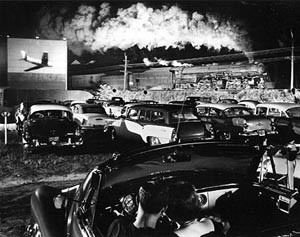 The club decided the best scene to replicate would be Link’s most well-known, “Hot Shot Eastbound, Iaeger, West Virginia, 1956,” depicting an N&W A-class charging past a packed drive-in movie theatre. The challenge would be to recreate the scene in three dimensions using Link’s original notes and existing topographical data. We hoped to show the relationship between the photographer and the vast outdoor spaces he had to work with as his “studio.”
The club decided the best scene to replicate would be Link’s most well-known, “Hot Shot Eastbound, Iaeger, West Virginia, 1956,” depicting an N&W A-class charging past a packed drive-in movie theatre. The challenge would be to recreate the scene in three dimensions using Link’s original notes and existing topographical data. We hoped to show the relationship between the photographer and the vast outdoor spaces he had to work with as his “studio.”
Fortunately, Link took copious notes and measurements on the location that we would later use in our design and construction. David Scheiderich came up with the neat idea to house the entire diorama in period-looking crate that could then be placed in the gallery setting along with some milk cans and mail bags. The museum agreed and we set to work!
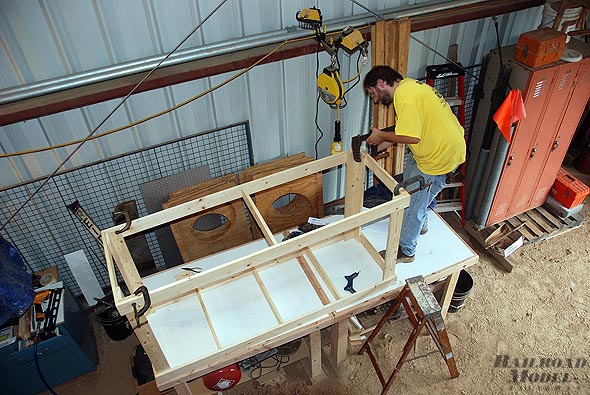 The tools and shop space at the Rochester & Genesee Valley Railroad Museum helped us complete the initial construction quickly. Dave Scheiderich adjusts some clamps as we prepare to assemble the frame of the “crate” that will contain the diorama. Photo by Otto M. Vondrak
The tools and shop space at the Rochester & Genesee Valley Railroad Museum helped us complete the initial construction quickly. Dave Scheiderich adjusts some clamps as we prepare to assemble the frame of the “crate” that will contain the diorama. Photo by Otto M. Vondrak
Construction began in August. We headed off to the Rochester & Genesee Valley Railroad Museum, where we would have access to the shop tools and plenty of work space. A borrowed pneumatic nail gun helped speed the construction process! In one afternoon, we had completed the basic wooden frame. We transported the frame back to RITMRC where we installed the Styrofoam panels that would make up the scenery base. We used latex-based construction adhesive to secure the panels to the wood, held in place by sheetrock screws.
By that evening, we managed to have the scenery base roughed in and a layer of plaster cloth applied. We again turned to the latex adhesive to glue down cork roadbed and track for the double-track mainline. The next morning, we painted all the surfaces dark brown, then proceeded to add basic scenic textures. The mainline was ballasted, the embankments got their share of Woodland Scenics turf and foliage. A gravel lot was added for the movie theatre, and scratchbuilt wooden fences were installed to keep freeloaders out.
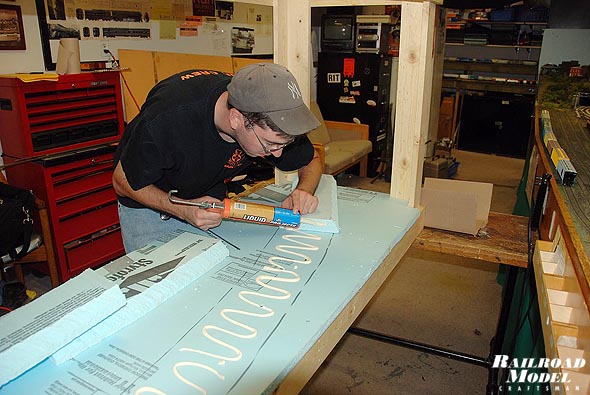 Construction then moved indoors to the comfy confines of the RITMRC club room. Otto Vondrak applies latex construction adhesive to bond layers of Styrofoam together to create the roadbed and scenery base. Photo by Dave Scheiderich
Construction then moved indoors to the comfy confines of the RITMRC club room. Otto Vondrak applies latex construction adhesive to bond layers of Styrofoam together to create the roadbed and scenery base. Photo by Dave Scheiderich
Over the next few weeks, RIT students returned to school and there were other priorities to attend to. Checking with Broadway Limited, it appeared that their new N&W A-class model was indeed shipping, so we placed our order. New member Mike Fox took over the scenic enhancements, giving the parking lot even more texture, and helping Dave construct numerous trees for the background. Shrubbery and undergrowth were added along the railroad embankment. By mid-September, things were taking shape in Rochester!
Meanwhile, I drafted plans for the iconic movie screen. I estimated the measurements based off the height of a reefer next to the screen. Since I was going to be working from home in suburban New York, I emailed my plans to Dave in Rochester, who printed them out and helped me adjust the drawings to fit the scene. With corrections in hand, I set out to scratchbuild the movie screen. I headed out to the ever-helpful Ann’s Hobbies in Cos Cob, Connecticut, where I picked up Evergreen styrene strips and Plastruct channel, as well as some Testors paints to complete the model.
Once I started construction, I realized I was going to run out of .125″ wide strip. What to do? I cut .125″ wide strips from my stock of sheet styrene, but the thickness was not the same. This turned out to work to my advantage, as it gave the model the model more texture, as if many carpenters lent their skills to the wooden structure! I completed the job in two evenings, including painting the structure and applying a scaled up image of the jet airplane flying across the screen. I carefully packed the model and express shipped it to Rochester. A few nervous days later, the package made it to Dave’s desk and he installed the screen on the diorama–a perfect fit!
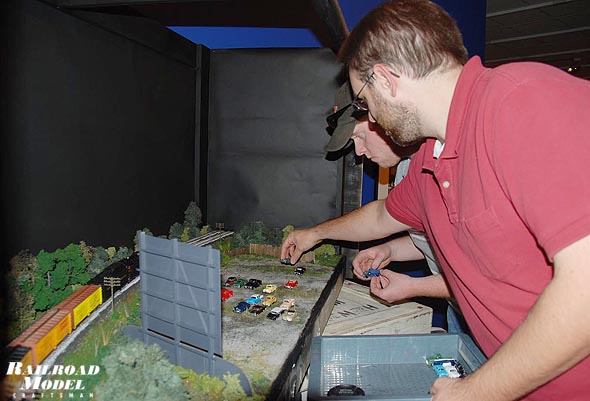 Dave Scheiderich and John Sommer place trains, figures, vehicles, and other details at the final installation at the George Eastman House. This angle is not normally viewed by the public. Photo by Otto M. Vondrak
Dave Scheiderich and John Sommer place trains, figures, vehicles, and other details at the final installation at the George Eastman House. This angle is not normally viewed by the public. Photo by Otto M. Vondrak
Work continued on the details, including stringing lines on our telegraph poles, and finding a suitable structure to represent the white structure with the peaked roof sticking up over the train. Part of a Model Power farmhouse, salvaged from another project, worked perfectly. Mike Smith, our resident HO scale vehicle expert, went through Link’s photograph to help is come up with a list of available models that would fill out our 1956 scene.
Many more SuperTrees were constructed and put in place. Meanwhile, Dave Scheiderich, Robert Middleton, and Joe Nugent got busy assembling the side panels for our faux crate. The night backdrop was made from photographer’s “seamless backdrop” material, providing a perfect “shadowbox” environment with no hard edges visible.
With a week left until the opening of the exhibit, we concentrated on getting the right “look.” The A-class arrived from Broadway Limited, and we immediately were impressed with the level of detail. We headed to Despatch Junction hobby shop in East Rochester to scour the racks of “gently loved” HO scale freight cars for a suitable train. The only car we could positively identify in the photo looks to be a Great Northern wooden reefer. We couldn’t find an exact match, but we did find several older Life-Like wooden ice reefers that made excellent stand-ins. Despatch Junction also supplied much of the scenic material used in building the diorama, including a couple of bags of “last-minute” lichen that would come in handy later.
I took a day off to drive up to Rochester to help out on the day of the install. The day before, Dave and John Sommer moved our diorama to the George Eastman House. We stopped by our club room to pack up the detail parts and any scenic “touch-up” supplies we might need. I wanted to enhance the dense appearance of the forest, and I figured the quickest way to do this would be to use lichen to fill in some of the bare spots. We also grabbed some bamboo skewers, and quickly painted them black. We grabbed the vehicles, some glue, the bags of lichen and we were off.
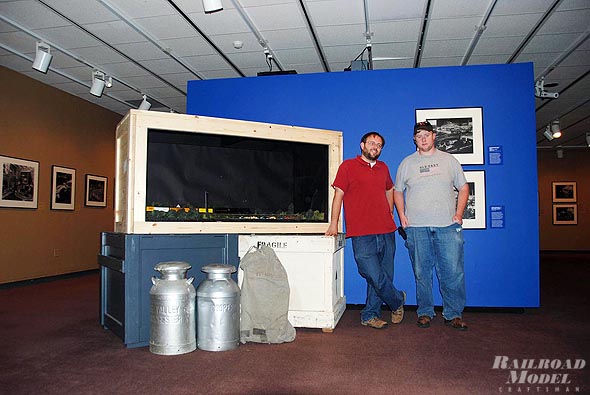 Dave and John pose with the final installation at the George Eastman House exhibit. The additional crates, milk cans and mail bags help set the mood for this special diorama. Photo by Otto M. Vondrak
Dave and John pose with the final installation at the George Eastman House exhibit. The additional crates, milk cans and mail bags help set the mood for this special diorama. Photo by Otto M. Vondrak
When we arrived at the Eastman House, our diorama was resting on two shipping crates in the gallery. We removed the plexiglass front and went to work. We stuck the skewers into the foam, then stacked the lichen on the skewers, which helped hide any hard transitions to the backdrop. The result was quite convincing and achieved the desired effect. The vehicles were placed into the scene.
The final detail was the application of two faux Railway Express Agency shipping labels to the outside of the crate, addressing the crate “from” RITMRC “to” O. Winston Link, “c/o N&W Agent at Iaeger.” We replaced the plexiglass front and stood back to admire our work. The museum staff was impressed and positively compared our efforts to the actual photo hanging nearby. As a final touch, we placed two milk cans and a mail bag borrowed from our museum to help dress the presentation of our diorama as an actual “freight shipment.”
While not exact in every detail, the diorama gives visitors a good representation of the scene in three-dimensions. It was fun to be able to promote our hobby and contribute to the museum exhibit at the same time. Special thanks to everyone at RITMRC who helped to make this project possible, and thanks to our sponsor, the George Eastman House. The popular “Trains” exhibit ran at the George Eastman House through January 29, 2009.


